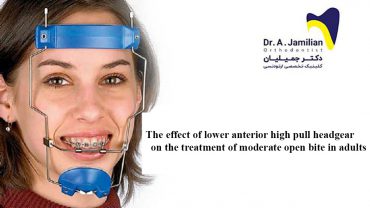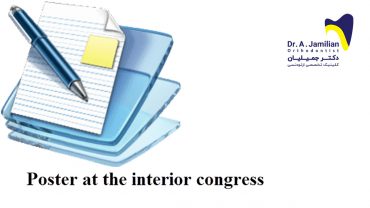Jamilian A, Showkatbakhsh R, Taban T. The effects of fixed and removable face masks on maxillary deficiencies in growing patients. Orthodontics (Chic.). 2012;13(1):e37-43
Abstract
AIM:
To compare the effects of two different types of face masks in the treatment of Class III malocclusions with maxillary deficiency in growing patients.
METHODS:
Forty-three patients (21 boys and 22 girls) with maxillary deficiencies were selected. Twenty-one patients (10 boys and 11 girls) with a mean age of 8.9 ± 1.4 years were treated with maxillary removable appliances and face masks. Twenty-two patients (10 boys and 12 girls) with a mean age of 9.3 ± 1.2 years were treated with maxillary fixed appliances and face masks. Lateral cephalograms obtained at the beginning and end of the study were analyzed.
RESULTS:
Paired t tests and Wilcoxon tests showed that SNA and ANB significantly increased in both groups. The Mann-Whitney test showed that there were no statistically significant differences between the two groups except for U1-SN, which increased by 6.2 ± 7.1 degrees in the removable face mask group and 11.1 ± 6.9 degrees in the fixed face mask group (P < .02).
CONCLUSION:
Both treatment modalities were successful in moving the maxilla forward. However, the maxillary incisors had more labial inclination in the fixed appliance group.






